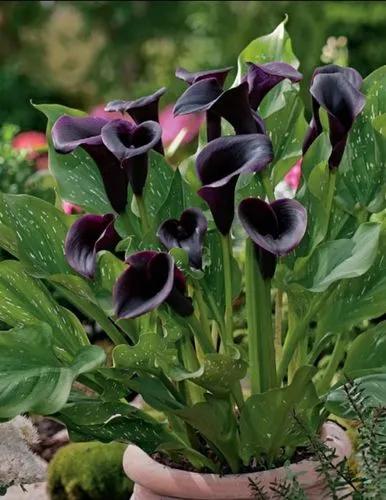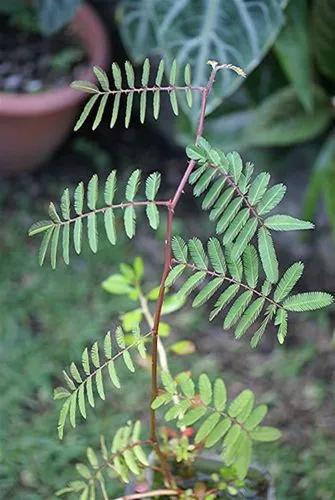Euphorbia is a very large genus of plants with more than 2,000 species. About 1,200 of them are succulents, some with bizarre shapes and wide, fleshy leaves, while others that look remarkably like cacti, complete with spines.Euphorbia is a somewhat confused genus, with species and subgenera frequently added and deleted. There are annual, perennial, and biennial species within the genus, herbaceous plants and woody shrub species, and both deciduous and evergreen species. The linking characteristic is the presence of a milky white sap that in some species can be toxic. People with sensitivities to latex are most likely to react to the sap of Euphorbia plants.
Euphorbia, Spurge Care
Euphorbia Spp



How to Care for the Plant

Water

Unlike most succulents, Euphorbia does not handle long periods of drought well. Your plants will weekly watering during the summer during periods without rain, or whenever the soil is dry several inches below the surface. Water deeply, but don't let the plants sit in wet soil, as this can cause root rot.

Fertilizer

To help your Euphorbias get established and growing well, add some organic matter, like compost, or a balanced, organic fertilizer to the initial planting hole. If you are growing Euphorbia in a container or if your soil is poor, feed with a half-strength fertilizer monthly. A plant that develops yellowing leaves at the bottom is one in need of feeding.

Sunlight

Euphorbia plants prefer a spot in full sun, although some species can tolerate part shade. In hot southern climates, some afternoon shade may be helpful for most species.

Soil

All Euphorbias, especially the succulent varieties, need well-draining soil. They will rot if left in the wet soil for a prolonged period. Ideally, they should be planted in a slightly acidic to neutral soil, but most will do fine even in a slightly alkaline soil.

Temperature

Most Euphorbia plants prefer a warm environment with average daytime temperatures around 80 degrees Fahrenheit. They will require more frequent watering when temps turn warmer than this. This is a large genus, however, and temperature and humidity requirements vary by species.

Container

When grown in containers, Euphorbia should be planted in a cactus/succulent potting mix, in a container with good drainage. The plant will require a more frequent watering when grown in a container—sometimes two or three times a week in hot weather.

Additional

The milky sap (latex) of Euphorbia plants is highly toxic and can irritate skin and eyes. This trait evolved as the plant's adaptation for preventing animals and insects from feeding on it. Contact with skin can cause severe skin irritation, and contact with the eyes has been known to cause blurred vision or even blindness. Contact a poison-control agency if the sap is ingested; induced vomiting is often the treatment. For skin and eye contact, flushing with plenty of water is the normal course of action.
Discover more plants with the list below
Popular articles






